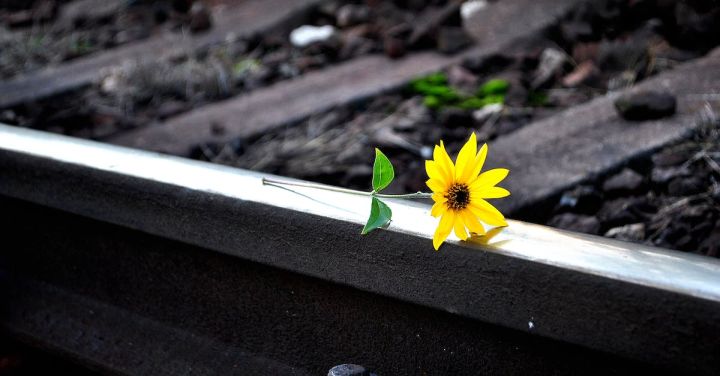Railroads have played a vital role in shaping the history and development of nations. They have connected cities, transported goods, and brought people closer together. While many railroads have been decommissioned and forgotten, there is a growing movement to preserve and restore these historical treasures. Railroad restorations not only serve as a tribute to the past but also allow future generations to experience the magic of riding the rails.
One such restoration project is the Durango and Silverton Narrow Gauge Railroad in Colorado, USA. This historic steam-powered train takes passengers on a breathtaking journey through the rugged Rocky Mountains. The restoration of the vintage locomotives and carriages has been a labor of love for the dedicated team of engineers and mechanics. Their attention to detail and commitment to authenticity ensure that passengers are transported back in time to the golden age of rail travel.
In the United Kingdom, the Bluebell Railway is another remarkable example of a successful restoration project. This heritage line, located in Sussex, operates vintage steam trains that have been meticulously restored to their former glory. The Bluebell Railway not only provides a nostalgic experience for visitors but also acts as a living museum, preserving the history and heritage of British rail travel.
Railroad restorations are not limited to steam trains. In California, the Napa Valley Wine Train offers a unique and luxurious journey through the scenic vineyards of the Napa Valley. The vintage railcars have been beautifully restored, providing passengers with an elegant and memorable dining experience. This restoration project has not only revived a piece of railroad history but also contributes to the region’s tourism industry.
The process of restoring a railroad is no easy task. It requires a deep understanding of the historical significance of the locomotives and carriages, as well as expertise in mechanical engineering and craftsmanship. Restorers often face challenges in finding original parts or recreating them from scratch. It is a painstaking process that requires patience, dedication, and a love for preserving the past.
Despite the challenges, railroad restorations are gaining popularity around the world. They offer a unique and immersive experience that cannot be replicated by modern means of transportation. Riding a restored train allows passengers to step back in time and imagine what life was like during the heyday of rail travel. It is a chance to appreciate the craftsmanship and engineering marvels of a bygone era.
Railroad restorations also help to revitalize local economies. They attract tourists, create jobs, and contribute to the preservation of historical landmarks. Moreover, they provide a sense of pride and identity for communities that were once dependent on the railroad industry. Restoring a railroad is not just about preserving rolling history; it is about preserving the spirit and culture of a place.
In conclusion, railroad restorations play a crucial role in preserving the rich history and heritage of rail travel. They allow us to appreciate the technological advancements of the past and experience the magic of riding the rails. These projects require immense dedication and expertise, but their impact goes beyond nostalgia. They revitalize communities, boost tourism, and contribute to the preservation of our collective memory. As we continue to progress in the modern world, let us not forget the importance of preserving our rolling history.
